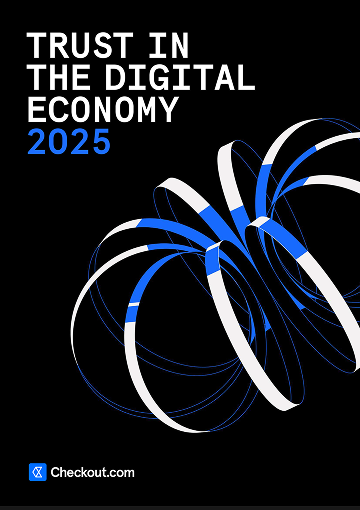Less than half of consumers feel well-informed about how to keep money safe online.
Consumers in the United Kingdom, Saudi Arabia, and The United Arab Emirates feel the most informed.
While France, Germany, and Japan report the lowest confidence levels in knowing how to stay safe online.
- 0%
- $0
- $20,000
- $40,000
- $60,000
- $80,000
- $100,000
- 20%
Individuals who feel most confident in protecting their money online
- 70%


